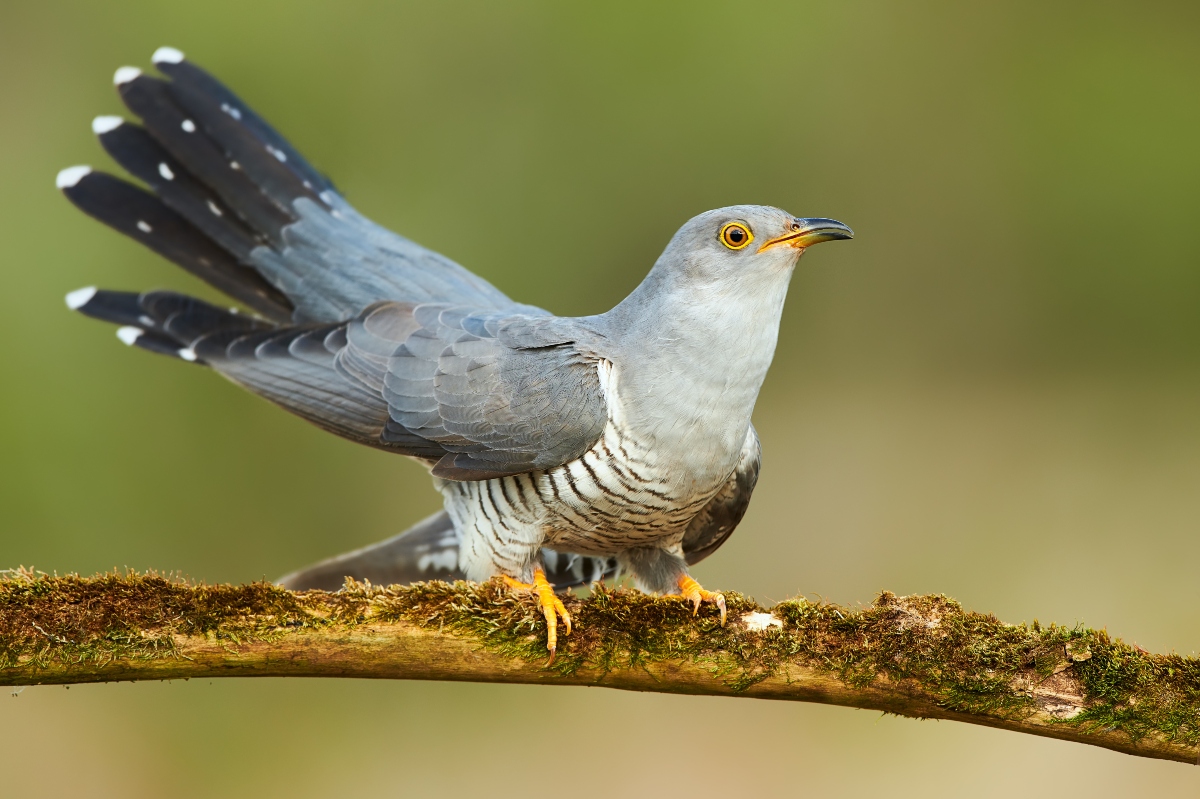The Common Cuckoo, scientifically recognized as Cuculus canorus, is renowned for its distinctive and melodious call, from which its name is derived. Dwelling across Europe, Asia, and Africa, this bird species is often associated with the arrival of spring in many cultures, as its iconic “cuck-oo” call resonates through the awakening landscapes.

Bearing a sleek body that spans about 32-34 cm (12.5-13.5 in) and wings that stretch approximately 55-60 cm (22-24 in), the Common Cuckoo presents a bluish-grey plumage on its upper parts, while the underneath reveals a white coloration barred with dark grey. Males and females are quite similar, although females can exhibit a variant with a rich chestnut-brown hue.
These birds are not just known for their signature calls but also for their intriguing and somewhat deceptive breeding behaviors. The Common Cuckoo is a brood parasite, meaning it lays its eggs in the nests of other bird species, relinquishing its parental duties entirely. Upon hatching, the cuckoo chick instinctively evicts the host’s eggs or chicks from the nest, ensuring it gains the undivided attention and nourishment from its adoptive parents.
Nutritionally, Common Cuckoos exhibit an opportunistic diet. Caterpillars are a preferred choice, but they also consume a variety of insects, larvae, and occasional small vertebrates. Their wide dietary range enables them to adapt to various habitats, ensuring a consistent food supply.

Migration is a significant chapter in the life of a Common Cuckoo. As they bid farewell to their European breeding grounds in late summer, these birds embark on a formidable journey to the warmer climates of Sub-Saharan Africa, negotiating numerous challenges along the way. The migratory path is perilous, navigating through diverse weather conditions, predation, and exhaustion, and yet, the call of the cuckoo returns, resiliently, each spring.
Despite the seemingly malicious breeding strategy, the cuckoo’s life strategy sheds light on the diversity and complexity of survival tactics in the natural world. The Common Cuckoo remains a symbol of wild cunning and a reminder that nature, in all its beauty and brutality, operates on a delicate balance where every species finds its own unique way to endure and thrive.